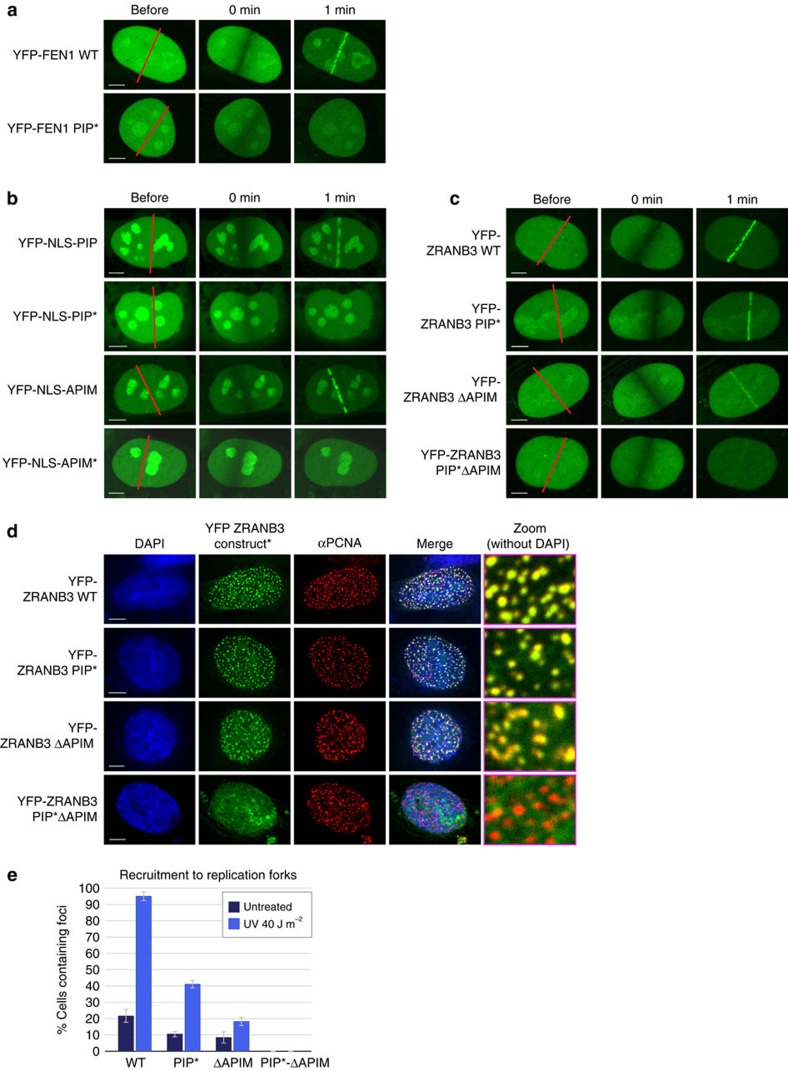Figure 5. PCNA-dependent recruitment of ZRANB3.
(a) Recruitment of FEN1 to the sites of laser induced DNA damage is abrogated by the mutations in the PIP box (Q337A, F343A and F344A). U2OS cells were transiently transfected with the indicated YFP constructs and analysed by live-cell imaging. Shown are representative images at the indicated time points post damage. (b) Recruitment of the YFP-tagged PIP box and APIM motif to the sites of laser induced DNA damage. Recruitment is abrogated by the mutations of the conserved residues in the PIP box and the APIM motif. (c) Recruitment of the YFP-tagged wild-type ZRANB3 and ZRANB3 PCNA binding mutants ZRANB3-PIP*, ZRANB3-ΔAPIM and ZRANB3-PIP*ΔAPIM) to the sites of laser induced DNA damage. (d) Recruitment of the wild-type and mutant ZRANB3 proteins to the sites of ongoing DNA replication. U2OS cells were transiently transfected with the indicated YFP constructs and stained against endogenous PCNA. Scale bar (a–d) 5 μm. (e) ZRANB3 accumulates at stalled replication forks. U2OS cells were transfected with YFP-ZRANB3 constructs and either left untreated, or exposed to UV irradiation. After 6 h, cells were fixed and stained with PCNA antibody. The percentage of cells containing ZRANB3 foci that colocalize with PCNA was determined. Shown is the average of three experiments. s.d.’s are shown as error bars.

